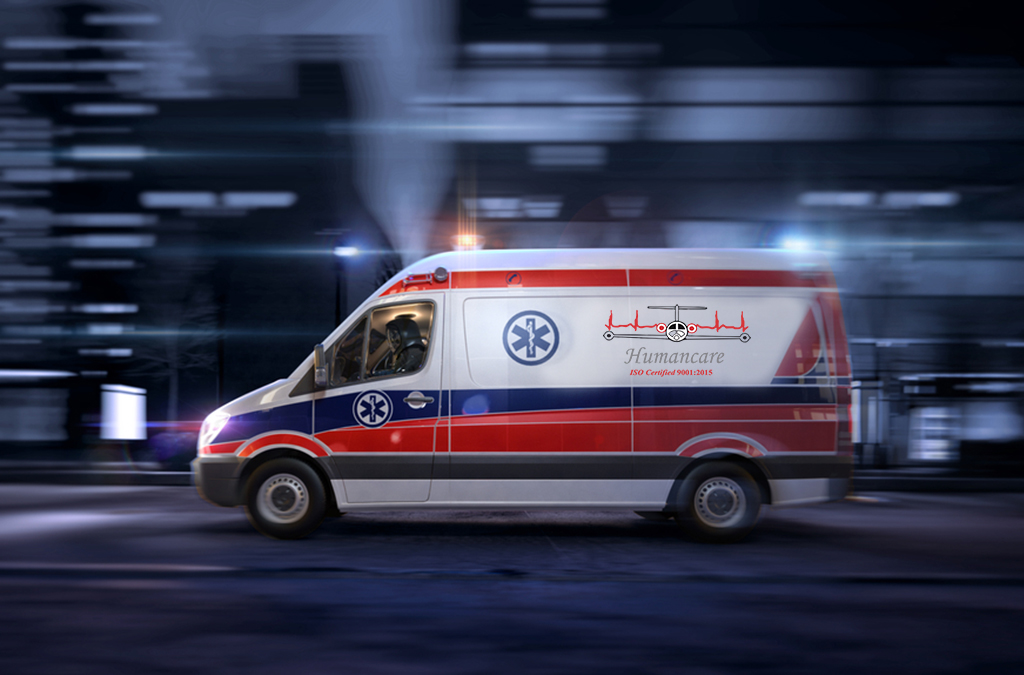Every day, we counsel tens of patients on medical repatriation. We are frequently asked if utilising a ground ambulance to carry a patient from overseas is a viable option to using an emergency medical aircraft. There are several reasons to ask this, which we address below.
- Availability
Many people think an ambulance plane is solely for emergency services or insurance firms. Many people believe that a land ambulance or rescue vehicle is the sole option for private individuals since they have never witnessed emergency ambulance helicopters utilised for patient transport. Our emergency flights are utilised daily for private repatriation, notably long-distance and long-haul missions.
- Waiting
Some families think an air ambulance, with its pilots and physicians, takes longer to prepare than a regular ambulance. We can offer an air ambulance the same day in most countries and return patients safely home (medical repatriation) in only a few hours.
- Flexibility
Many people believe that emergency air ambulances are like scheduled flights, only flying to big airports and taking longer than ambulances. Contrarily, many air ambulances, particularly tiny jet planes, can travel to smaller regional airports closer to the patient’s home. Even for short-haul flights, employing an air ambulance may save time.
- Passengers and bags
Many individuals hire a ground ambulance because they believe an air ambulance cannot convey other passengers or cargo. Wrong! Unlike cars, which only allow one person and little luggage, an air ambulance can accommodate more passengers and more luggage.
- Safety
Many hospital experts believe that critical care patients cannot be safely transferred by airline and that ground transport is the best alternative. However, many doctors are unaware of the technologies available in air ambulances. Air ambulances offer several advantages, including the ability to rapidly and securely transfer extremely ill patients. Emergency repatriation by air is usually the safest option. The probability of an accident on the road is far higher than in the air. Planes also go quicker than land ambulances, saving the patient time.
- Cost
From a medical and technological standpoint, the air ambulance wins. However, when patients’ families choose a ground ambulance over an aeroplane, it is generally due to expense concerns.
Although cheaper, ambulance repatriation takes significantly longer than a medical plane. A two- to three-hour air ambulance journey might take a day or more in a land ambulance. So we rarely hire an ambulance to transfer very ill patients over great distances for economic reasons, because our patients’ health is always our top concern.
Although ground ambulances are cheaper, air ambulances outperform them in terms of availability, flexibility, transportation of other passengers and luggage, and most importantly, safety.
We would gladly consider conveying patients by ground ambulance, taking into account all aspects of safe repatriation. We can also advise you on additional options such as group repatriation or return by a scheduled airline.


